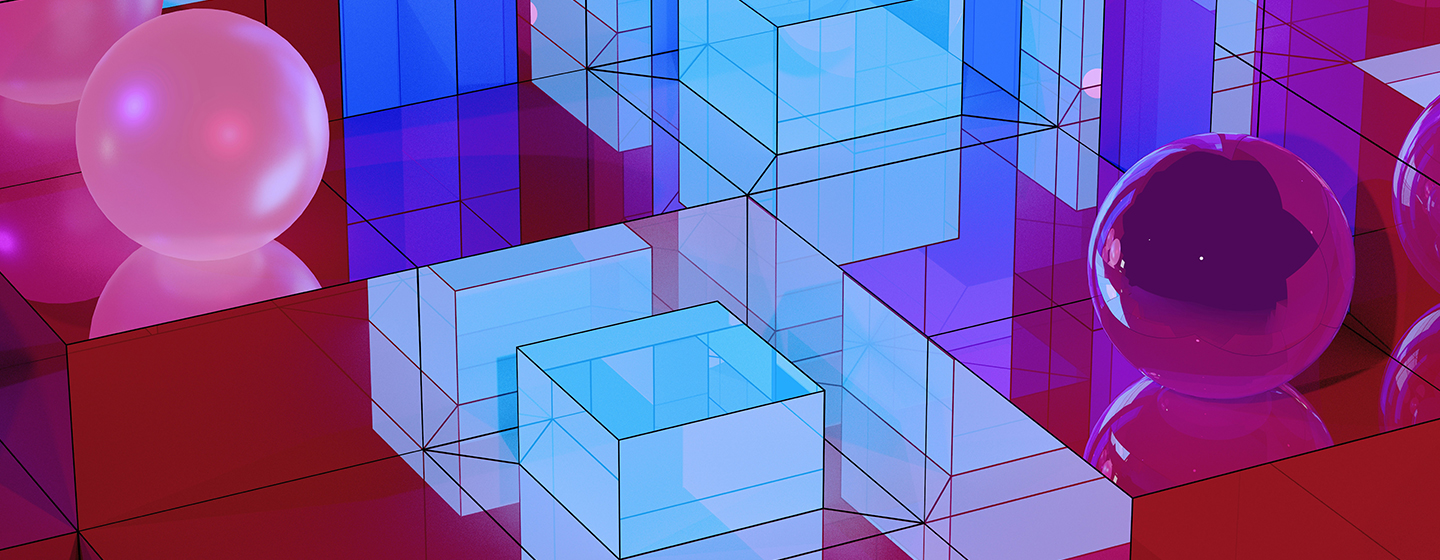
A few things you need to know about digital art
A few things you need to know about digital art
Digital art refers to any artistic work or practice that uses digital technology as part of the creative or presentation process. It can also refer to computational art that uses and engages with digital media. Since the 1960’s, it has been called several different names, including computer art, electronic art, multimedia art, and new media art.
The very first works of art that were recognized as digital have their origins in experimental approaches to photographic mediums inspired by American artist Man Ray’s rayographs. The Rayograph is basically where it all began, and was first used in 1921. A photogram is a picture made on photographic paper without using a camera. Although the practice had existed since the earliest days of photography, Man Ray claimed to have invented the practice. Following this line, artists used photography as a medium to expose processes that were imperceptible to the human eye. Oscillon 40 (1952) by mathematician Ben Laposky, is one very famous example.
Nowadays digital art has acquired omnipresent status in our lives; we see it everywhere, on our phones, TV screens, billboards, buildings, and product packaging. Art is now accessible and available everywhere we turn, in a simplified form. Of course, visiting art galleries does present a sophisticated, authentic feel, but digital art has evolved to cater to a spontaneous and adventurous generation.
Let’s look at a few facts about this fascinating form of art.
One of the most iconic pieces that laid the foundations for this form of art was Ken Knowlton and Leon Harmon’s Computer Nude (Studies in Perception) from 1966. Computer Nude (the first nude to be created on a computer) was made at Bell Labs on an IBM 7094, which, at the time, was a $2 million investment. A black and white photograph of the dancer and choreographer Deborah Hay was reduced to a series of grey squares. The resulting print was hung on the wall at Bell Labs, caused outrage, and had to be removed after just one day. Following that, Harmon and Knowlton were told not to associate the name of Bell Labs with the artwork in any way. The image was subsequently reproduced in the New York Times and was the publications first full-frontal nude. Bell Labs put the image back on the wall! Technology was declared the “art of the future” and computer code “the new artistic material” by Robert Rauschenberg, who also said “nobody wants to pain rotten oranges anymore.”
A pioneer digital artist
In 1968, Hungarian artist Vera Molnar invented the process called “Machine Imaginaire.” She transformed different geometric shapes by rotating and deforming them, erasing parts, or merging them with other geometric shapes. This paved the way for more complex digital art from the simple paint programs. Molnar continued to create (dis)order with computers for five decades, zig zagging a path from mid-century painterly abstraction to a new generative art.
The first interactive digital videogame
If it wasn’t for digital art, videogames would not exist today. Spacewar was the first interactive digital videogame ever created. In 1961, Steve Russell, a student at the Massachusetts Institute of Technology programmed the first interactive computer game and it runs on a digital PDP-1 mainframe computer; its graphics are made up of ASCII text characters.
The first digital art museum
In 2018, a collective of great Japanese artists, including architects, engineers, visual artists, musicians, animators, and mathematicians created the first digital art museum, teamLab Borderless. It was built in the Mori building, and is now being relocated in central Tokyo. The museum is unlike any other, a 10,000 square meter space that uses 520 computers and 470 projectors to create an experience that will stimulate all five senses. This installation was a milestone moment for the field of digital art.
If you are an aspiring artist, aiming to make a living in the vast world of art and design, taking a course at a renowned Institute could help provide you with a solid foundation. The Art in Fashion course at Istituto Marangoni, Dubai is the ideal introduction to fashion programmes, and covers a wide variety of subjects at different levels while exploring the influence and impact of art on fashion and luxury.
Istituto Marangoni Dubai
In September 2022, International Design School Istituto Marangoni inaugurated its new campus in Dubai. A creative melting pot of Italian heritageItalian heritage, UAE tradition, and international influences, its campus is located inside the Dubai International Financial Centre, and offers a variety of undergraduate and professional courses in Fashion, and the various branches of design. All the courses are taught by the Institute’s team of professionals from Italy.
The school of design at Istituto Marangoni offers an exciting opportunity to fuse Italian expertise with local talent, with a view to shaping the future of the UAE fashion, design, and creative industries. Its strategic partnerships and international outlook make Istituto Marangoni the ideal place to develop your skills and learn from industry experts. With its unique network of international schools, Istituto Marangoni also offers enriching study abroad opportunities for students looking to broaden their horizons in every sense. We offer a wide range of design courses, the information for which can be found below.
To find out more about this or any of the other courses available at Istituto Marangoni, please feel free to contact us, and one of our experts will be happy to guide you.
ISTITUTO MARANGONI DUBAI COURSE IN VIRTUAL FASHION COURSE IN METAVERSE AND WEB3